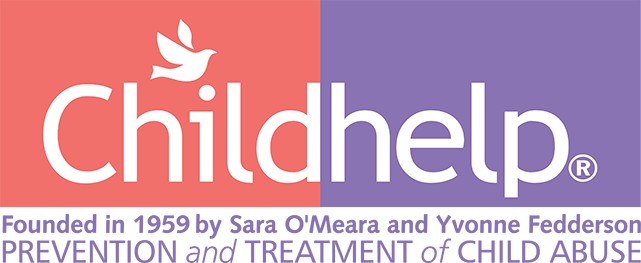
Physical abuse can be any act of violence (accidental or intentional) that results in an injury to a child. This may include punching, kicking, shaking, stabbing, throwing, biting, choking, burning or hitting (with an hand or an object, like a belt or switch).
Physical abuse can result in:
- Bruises, blisters, burns, cuts/scratches
- Internal injuries, possible brain damage
- Broken bones, sprains, dislocated joints
- Emotional and psychological harm
- Lifelong injury and/or death

Signs of physical abuse:

- Injury to a child who isn’t crawling yet
- Visible and severe injuries
- Injuries at different stages of healing on different surfaces of the body that are unexplained or explained in a way that doesn’t make sense
- Distinctive shapes of bruising and injuries
- Frequency, timing and history of injuries (frequent, after weekends, vacations, school absences)
Behavioral signs of physical abuse:
- Aggression toward peers, pets, animals
- Seems afraid of parents or other adults
- Fear, withdrawal, depression, anxiety
- Wears long sleeves out of season
- Violent themes in fantasy, art, etc…
- Nightmares, insomnia
- Reports injury, severe discipline
- Immaturity, acting out, emotional and behavior extremes
- Self-destructive behavior or attitudes

The laws that define child abuse in each state vary, so investigations look different in every state. If you are experiencing any type of abuse or have questions—please feel free to reach out to the Childhelp National Child Abuse Hotline by calling or texting 1-800-422-4453. Whatever you are feeling is valid and we want to help.
